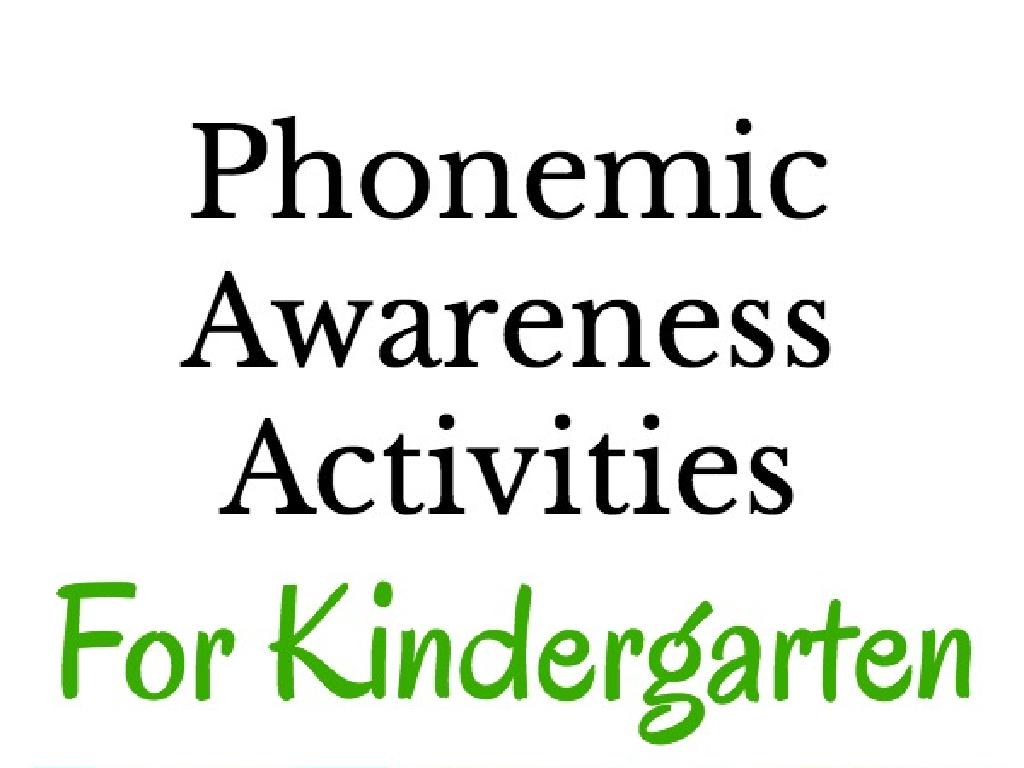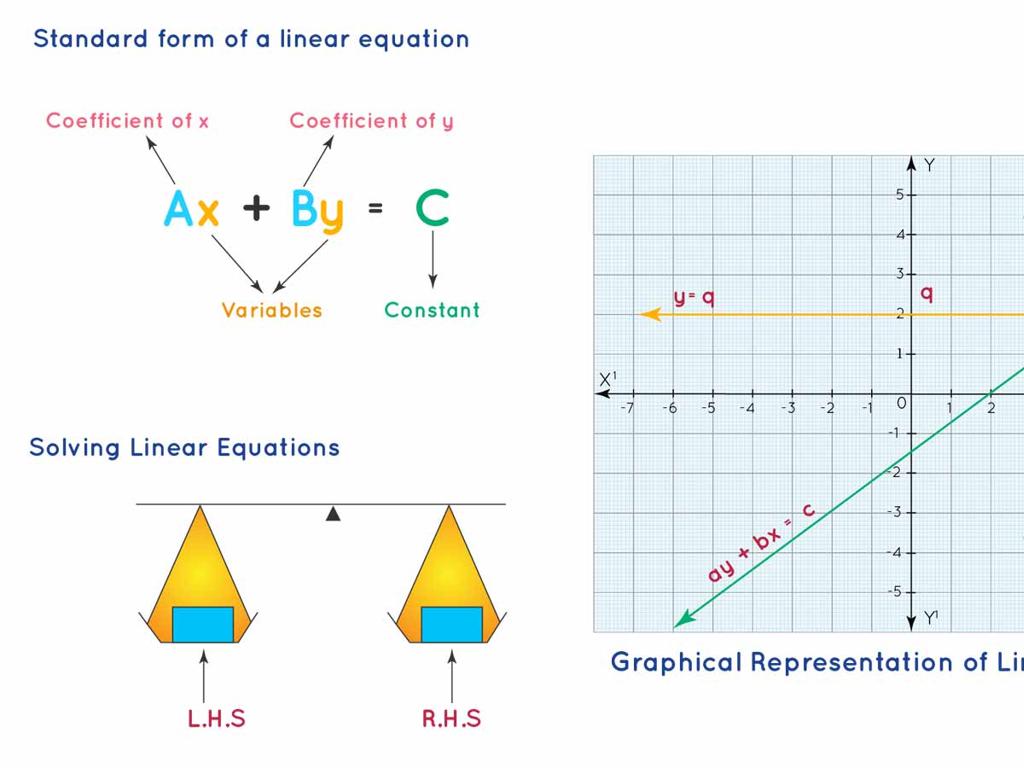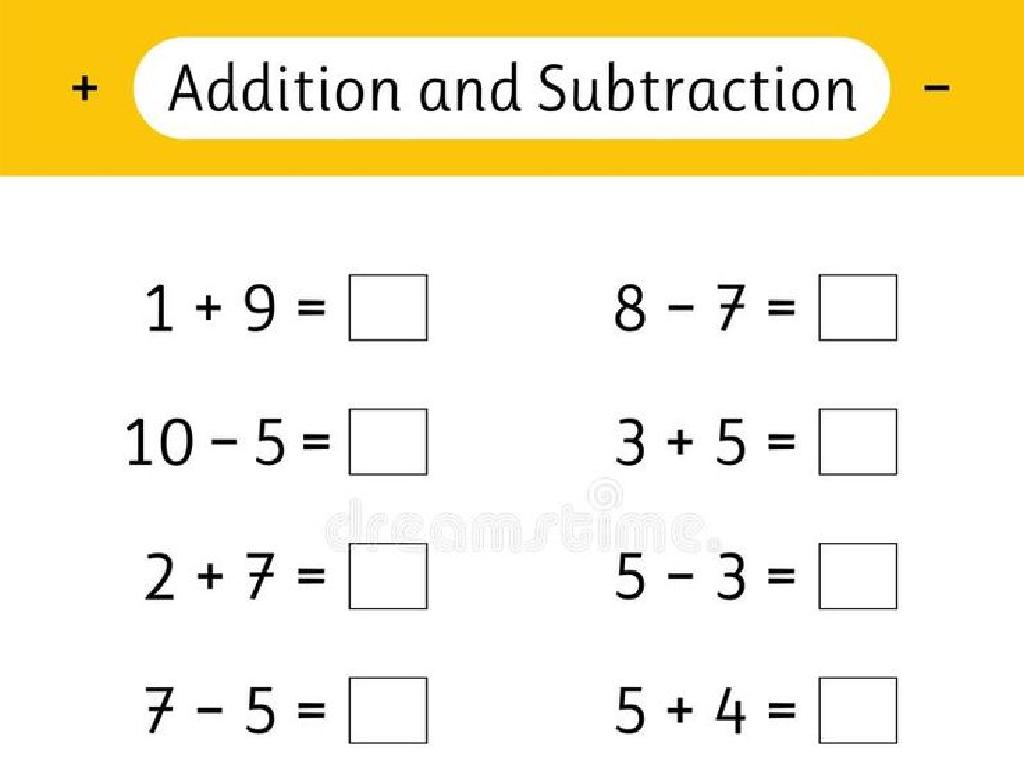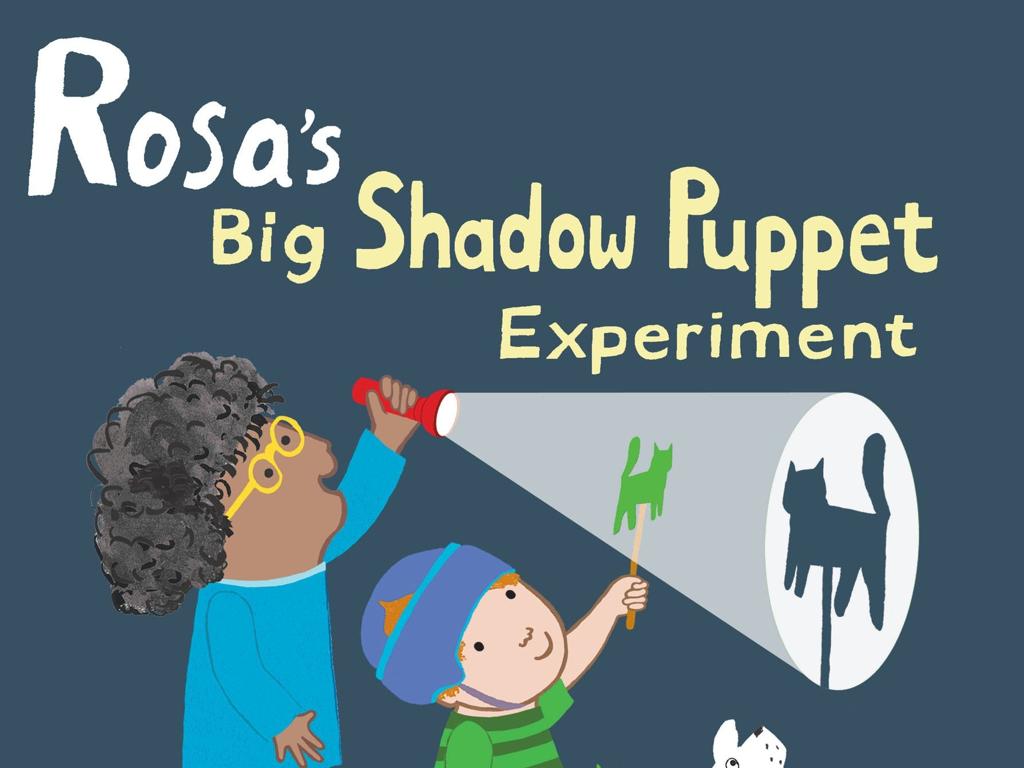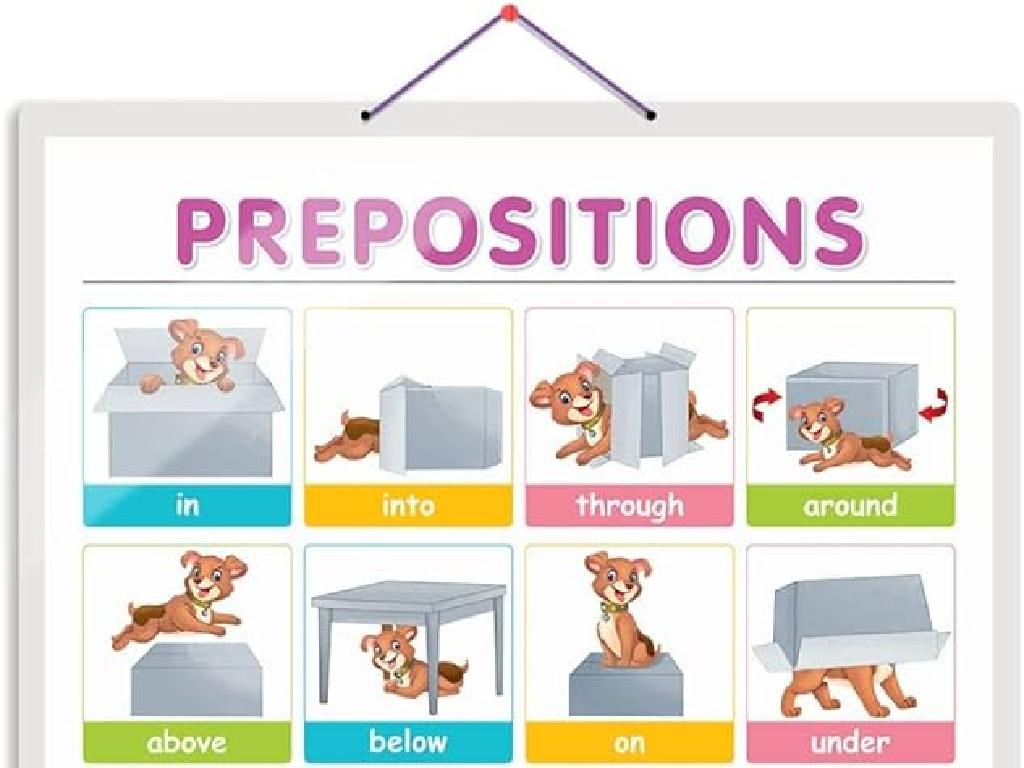Well, Better, Best, Badly, Worse, And Worst
Subject: Language arts
Grade: Sixth grade
Topic: Adjectives And Adverbs
Please LOG IN to download the presentation. Access is available to registered users only.
View More Content
Exploring Adjectives and Adverbs
– Welcome to Language Arts!
– Today’s focus: Adjectives and Adverbs
– Understanding comparison
– Comparing things using different words
– Examples: well, better, best
– ‘Well’ is good, ‘better’ is more good, ‘best’ is most good
|
Today’s lesson introduces students to adjectives and adverbs, focusing on their comparative and superlative forms. Adjectives describe nouns, while adverbs typically modify verbs. We’ll explore how to use words like ‘well,’ ‘better,’ and ‘best’ to make comparisons between objects, people, or actions. For example, ‘She sings well, but he sings better, and they sing best when together.’ Encourage students to think of scenarios where they can compare using these words. This foundational understanding will help them grasp more complex language concepts in future lessons.
Exploring Adjectives
– Adjectives modify nouns
– They add detail to sentences by describing nouns
– Answer ‘Which?’, ‘What kind?’, ‘How many?’
– Help specify and clarify nouns: ‘Which car? The red one.’
– Examples: ‘big’, ‘colorful’, ‘three’
– ‘A big tree’, ‘a colorful painting’, ‘three cookies’
|
This slide introduces the concept of adjectives to the students. Adjectives are words that describe or modify nouns and pronouns. They are essential in providing more detail and depth to sentences. Students should understand that adjectives can tell us more about the size, color, quantity, and other aspects of a noun. Use examples that are relatable to the students, such as objects in the classroom or their personal belongings. Encourage them to come up with their own examples and to practice identifying adjectives in sentences. This foundational knowledge will help them enhance their writing and speaking skills.
Exploring Adverbs in Language Arts
– Adverbs: What are they?
– Words that modify verbs, adjectives, or other adverbs
– Adverbs answer specific questions
– How? When? Where? To what extent?
– Common adverb examples
– ‘Quickly’ shows how, ‘never’ shows when, ‘very’ shows extent
– Usage in sentences
|
This slide introduces the concept of adverbs to the students, explaining their role in a sentence as modifiers of verbs, adjectives, or other adverbs. Emphasize that adverbs are used to answer questions like ‘How?’, ‘When?’, ‘Where?’, and ‘To what extent?’ to provide more information about the action or state being described. Use examples like ‘quickly’, ‘never’, and ‘very’ to illustrate common adverbs and their usage. Encourage students to come up with their own sentences using these adverbs to enhance their understanding of how adverbs function within the context of a sentence.
Making Comparisons with Adjectives and Adverbs
– Positive degree explanation
– Describes without comparing, e.g., ‘She runs fast.’
– Comparative degree usage
– Compares two things, e.g., ‘She runs faster than John.’
– Superlative degree in sentences
– Compares more than two, e.g., ‘She runs the fastest in her class.’
– Practice with examples
|
This slide introduces students to the concept of comparison using adjectives and adverbs. The positive degree is used to describe a single item or action without comparison. The comparative degree is used when comparing two items or actions, often using ‘than’ to show the comparison. The superlative degree is used when comparing three or more items or actions, typically ending in ‘-est’ or preceded by ‘the most.’ Encourage students to come up with their own sentences for each degree of comparison. Provide additional examples and practice sentences to reinforce the concept. For instance, use ‘well, better, best’ and ‘badly, worse, worst’ to illustrate how irregular adjectives and adverbs also follow these rules of comparison.
Irregular Comparatives and Superlatives
– ‘er’ and ‘est’ aren’t always used
– Some adjectives/adverbs are irregular
– Focus: ‘well’, ‘better’, ‘best’
– ‘Well’ becomes ‘better’ then ‘best’
– Focus: ‘badly’, ‘worse’, ‘worst’
– ‘Badly’ turns to ‘worse’ and ‘worst’
|
This slide introduces students to irregular comparatives and superlatives, which are exceptions to the regular ‘er’ and ‘est’ pattern for forming comparatives and superlatives. Emphasize that while many adjectives and adverbs follow the regular pattern, some do not and must be memorized. Use ‘well’ and ‘badly’ as primary examples, showing their irregular forms ‘better’ and ‘best’ for ‘well’, and ‘worse’ and ‘worst’ for ‘badly’. Encourage students to think of sentences using these words to understand their comparative and superlative forms in context. Provide additional examples and practice exercises to reinforce learning.
Understanding ‘Well, Better, Best’
– ‘Well’ as an adverb
– Describes how an action is performed
– ‘Better’ as comparative
– ‘Well’ compared between two actions
– ‘Best’ as superlative
– ‘Well’ compared among three or more actions
– Usage in sentences
– ‘She sings well, he sings better, she sings the best.’
|
This slide introduces the adverb ‘well’ and its comparative and superlative forms, ‘better’ and ‘best.’ Begin by explaining that ‘well’ is used to describe the manner in which an action is done. Then, discuss how ‘better’ is used when comparing two actions, indicating a higher degree of quality or skill. Next, explain that ‘best’ is used when comparing three or more actions, signifying the highest degree of quality or skill. Use the example sentence to illustrate how these forms can be used in context. Encourage students to come up with their own examples and to practice using ‘well,’ ‘better,’ and ‘best’ in sentences to describe actions.
Understanding ‘Badly, Worse, Worst’
– ‘Badly’ as an adverb
– Describes the manner of action, e.g., ‘He sings badly.’
– ‘Worse’ as comparative
– Used to compare two actions, e.g., ‘She sings worse than he does.’
– ‘Worst’ as superlative
– Used to compare more than two actions, e.g., ‘Out of everyone, he sings the worst.’
– Usage in sentences
|
This slide aims to clarify the usage of the adverbs ‘badly,’ ‘worse,’ and ‘worst,’ which are often confused by students. ‘Badly’ is used to describe the manner in which an action is performed, indicating a poor performance. ‘Worse’ is the comparative form used when comparing two actions, suggesting that one is inferior to the other. ‘Worst’ is the superlative form used when comparing more than two actions, indicating the lowest quality or degree. Provide the example sentence to illustrate the progression from ‘badly’ to ‘worse’ to ‘worst’ in a real context. Encourage students to come up with their own examples and to practice using these adverbs in sentences to enhance their understanding.
Practice Time: Adjectives and Adverbs
– Practice ‘well, better, best, badly, worse, worst’
– Use each word in a unique sentence
– Fill in the blanks in sentences
– Context will determine which word fits
– Share your sentences with the class
– Discuss why you chose each word
– Understand usage through practice
|
This slide is for a class activity focused on understanding and using comparative and superlative adverbs and adjectives. Students will practice using ‘well, better, best, badly, worse, worst’ by filling in the blanks in provided sentences. After completing the sentences, they will share their answers with the class, explaining their choice of words. This exercise will help students grasp the concept of comparison and degrees of quality or condition. For the teacher: Prepare sentences with missing words in advance, ensure there’s a mix of contexts to apply the correct word, and be ready to guide students through their choices. Possible activities could include peer review of sentences, creating a class chart of sentences, or even a small competition to see who can come up with the most creative sentences.
Class Activity: Comparative Skit
– Form groups for skit creation
– Use ‘well, better, best, badly, worse, worst’
– Incorporate these words to compare actions or qualities
– Perform your skit in class
– Focus on correct usage in context
– Ensure adjectives and adverbs are used to modify the right words
|
This activity is designed to help students understand comparative and superlative adjectives and adverbs through a creative and engaging skit. Divide the class into small groups and assign them to write and perform a short skit that includes the words ‘well, better, best, badly, worse, and worst’. Encourage them to use these words to show comparison between characters or situations in their skit. This will help them grasp the concept of using these adjectives and adverbs in the correct context. Possible skit ideas: a cooking competition, a sports event, or a talent show, where participants are judged to be good, better, or the best at something. After the performances, have a discussion about how the words were used and what they added to the skit.
Wrapping Up: Comparatives & Superlatives
– Congrats on today’s learning!
– Homework: Craft a short story
– Use your creativity and imagination
– Include 3 irregular comparatives/superlatives
– Examples: better, worse, best, worst
– Share your story in the next class
|
Students have done a great job understanding the use of irregular comparatives and superlatives. For homework, they are tasked with writing a short story that incorporates at least three examples of these forms. This will help them apply what they’ve learned in a creative context. Encourage them to think outside the box and come up with interesting scenarios where these words can be used effectively. In the next class, be prepared to provide a supportive environment where students can share their stories and receive constructive feedback.

